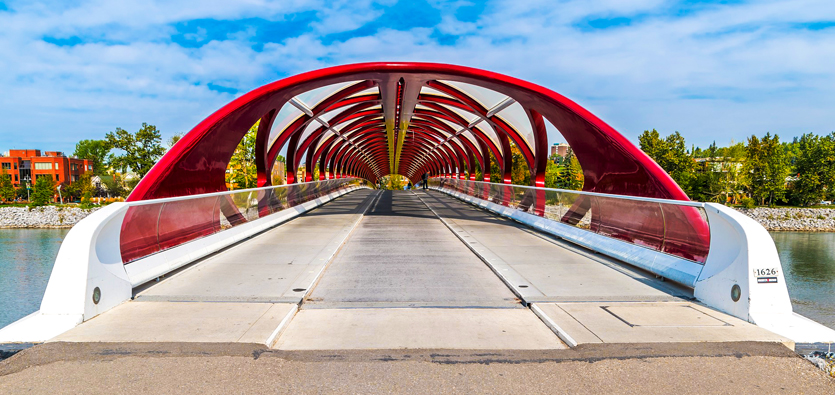
After a great success in aerospace and automotive industry, composite materials now have established their authority as a superior corrosion-resistant construction material which offers high strength-to-weight ratio coupled with excellent thermomechanical properties. Fiber-reinforced polymer (FRP) composites are now considered as the material of 21st Century. The use of GFRP reinforcement is growing in civil engineering projects where great emphasis is placed on serviceability, performance, and durability. The performance of conventional concrete reinforcement material is seriously questionable when it comes to constructing sustainable concrete infrastructure.
Civil engineering projects such as bridges, highways, buildings, waterways, and marine structures play a crucial role in building a sustainable and healthy economy. A rapid deterioration of concrete infrastructure can really hinder the economic growth at national level. GFRP composites have demonstrated tremendous success in the rehabilitation of structurally deficient structures as well as in building environment and disaster-resistant structures. They bring about high performance, increased productivity, longer service life, and reduced life-cycle costs.
North America is not only the largest user and producer of fiberglass reinforcement bars but also leading the world’s composite technology from various perspectives. In the United States, many of the existing bridges and roads either require serious maintenance or have become completely outdated. A decrease in construction budget for new projects has made government agencies interested in using GFRP wraps to rehabilitate the deteriorated structures in order to extend the service life. The use of glass fiber-reinforced polymer wraps is advantageous in many ways; some of the benefits of using GFRP wraps are less traffic disruption, cost-effectiveness, optimized load transfer, and ease of material handling.
GFRP rebar; design codes and Standards
The use of any material in the construction industry depends on specification, design code, and standards. For instance, Canadian Standards Association (CSA) and Center for Structural Innovation and Monitoring Technologies (formerly known as ISIS) have developed construction and design specifications for fiberglass rebar so that sustainability can be achieved in infrastructural systems. In the US, American Concrete Institute (ACI) and other federal agencies have set design codes and standards for FRP composites to serve the same purpose. The inclusion of such codes and standards will increase the confidence of engineers and builders in FRP reinforcement materials.
The growing need for sustainability
Today’s world is facing a serious infrastructure crisis. The fact emphasizes greatly on the need for long-lasting infrastructural systems. Taking into account the current scenario, a wide use of GFRP construction materials and a better understanding of structural degradation have become immensely important. Fortunately, the civil infrastructure industry is set to accept fiberglass bars and other composite products as long-term construction solutions to achieve the desired level of infrastructural sustainability and economic growth.
Undoubtedly, GFRP is the best concrete reinforcement solution for marine structure and other sensitive application. In North America, TUF-BAR is leading the fiberglass rebar industry by producing economically viable and corrosion-free construction solutions.
